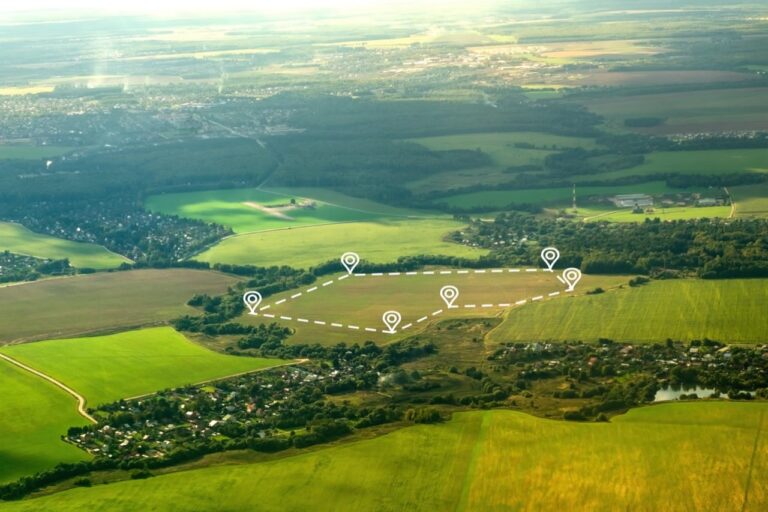Buying land sounds like a dream—whether it’s for your future home, a cottage, or an investment. But financing a land-only purchase is a little different than getting a mortgage for a traditional house.
Here’s what you need to know about land-only mortgages in Canada, including how they work, the key differences, and how to decide if one’s right for you.
What Is a Land-Only Mortgage?
A land-only mortgage is exactly what it sounds like: financing for a piece of land that does not currently have a house or permanent structure on it.
Some people buy land with plans to build in the future, while others are looking for recreational space or holding land as a long-term investment.
But unlike a standard residential mortgage, buying land comes with more conditions, stricter lending criteria, and a higher down payment requirement.
Types of Land You Can Buy
There are generally three categories of land:
- Raw Land
– Undeveloped and without access to municipal services (e.g., no water, sewer, or electricity).
– Toughest to finance and typically requires a large down payment. - Serviced/Vacant Land
– Land with municipal services available at the lot line. Often located in suburban or rural subdivisions.
– Easier to finance than raw land but still more complex than buying a home. - Land with a Mobile or Modular Home
– May qualify for traditional mortgage options or fall under modular home financing—we’ve covered that here.
How Land-Only Mortgages Work
Most big banks in Canada won’t offer a traditional mortgage on raw or vacant land. Instead, you may need to:
- Work with alternative lenders or credit unions
- Provide a higher down payment—often 25–50%, depending on the land’s location and zoning
- Accept shorter amortization periods (15–20 years is common)
- Be ready to pay higher interest rates
Lenders see land purchases as higher risk, especially if there’s no immediate plan to build.
What You’ll Need to Qualify
Lenders will evaluate:
- Your credit score and income
- The zoning of the land (residential, commercial, agricultural)
- Whether the land is accessible year-round
- Your plan for the land—i.e., will you build soon?
If you’re planning to build, it may be worth exploring a construction mortgage instead, which includes funds to purchase the land and build the home.
Costs to Watch Out For
Land-only purchases come with additional costs that can surprise first-time buyers:
- Survey and appraisal fees
- Environmental assessments
- Legal and zoning consultations
- HST or GST, depending on the seller and use
- Septic and well installations, if services aren’t available
It’s also important to factor in property taxes, which can vary depending on zoning and location.
Is a Land-Only Mortgage Right for You?
It depends on your financial situation, your timeline, and your goals for the property. If you’re ready to build and have a solid plan, lenders will be more receptive. If you’re buying land as a long-term investment, make sure to crunch the numbers and understand the risks.
Before moving forward, consider using our tools to help you plan:
- Mortgage Affordability Calculator
- Mortgage Interest Calculator
- CMHC Insurance Calculator (note: not applicable to land-only, but useful for those considering future builds)
Let’s Make Your Land Purchase Happen
Whether you’re eyeing land for your future dream home or a peaceful getaway property, The Local Broker can help you explore your mortgage options and make sense of what’s possible.
We work with a wide range of lenders—including those who specialize in land-only financing—and we’re here to guide you every step of the way.
Ready to apply for a mortgage—or refinance your current one?
Start your application now and we’ll personally walk you through your best next steps.
Let’s find the path that works for you.
